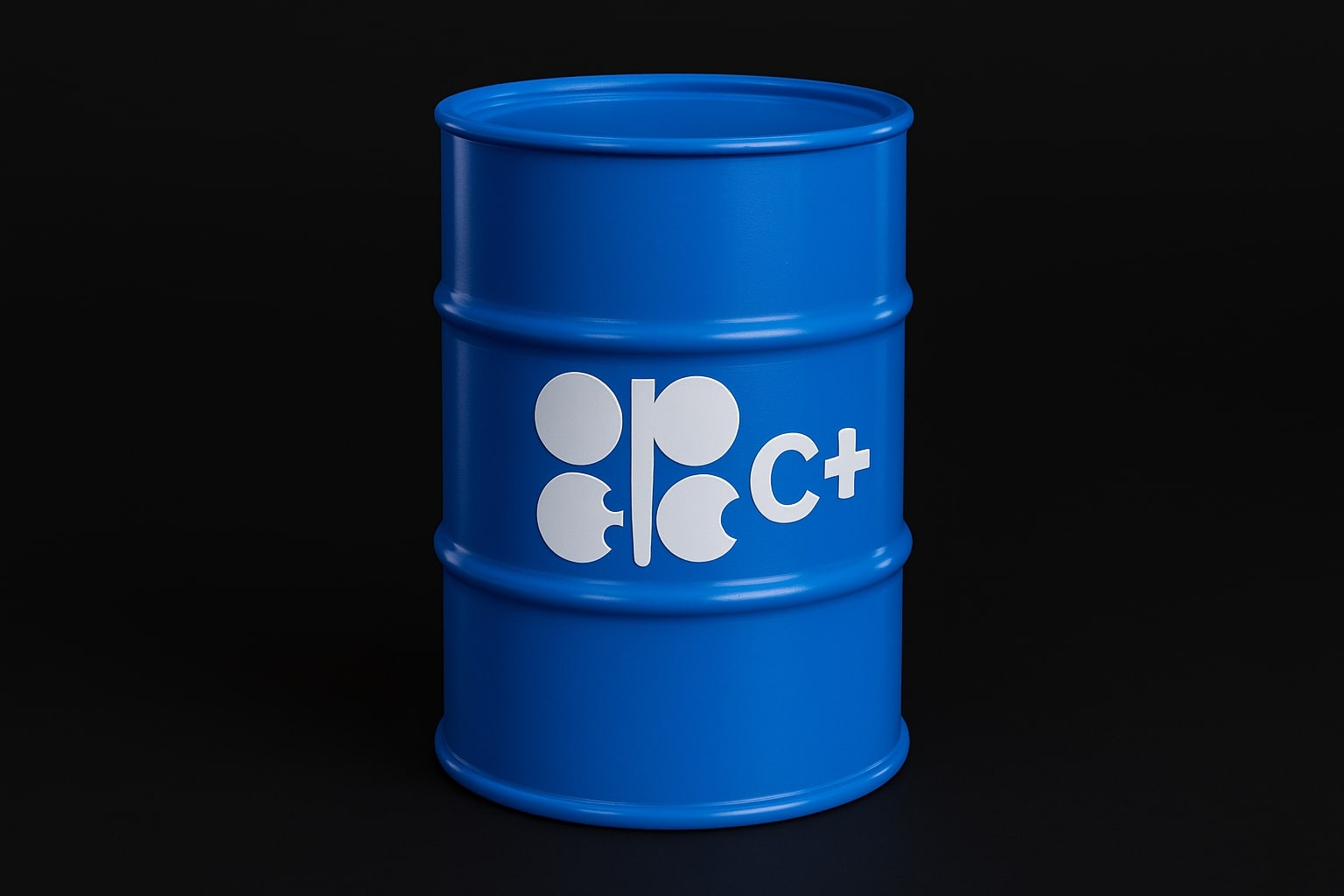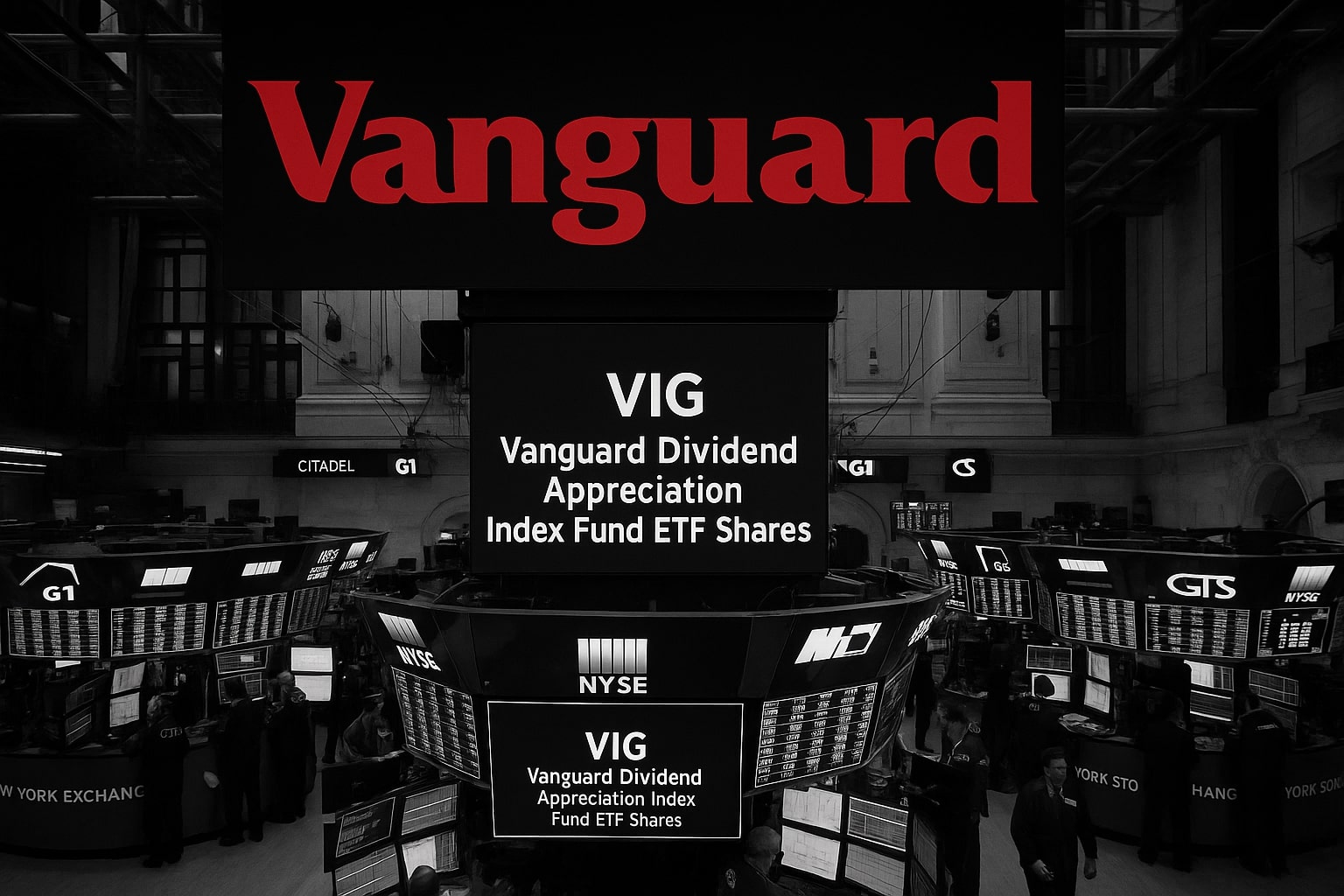
Natural Gas Price (NG=F) Holds $3.45 as Output Declines and LNG Exports Hit Record 16.9 Bcf/d
U.S. gas prices test $3.60 amid colder forecasts and Texas pipeline disruptions, while production slips to 106.6 Bcf/d and global LNG demand drives a potential winter rally toward $4.00 | That's TradingNEWS
Natural Gas (NG=F): Prices Test $3.60 Resistance as Output Declines and Cold Weather Fuels Demand
U.S. natural gas futures (NG=F) are trading near $3.45 per MMBtu, fluctuating sharply as the market battles between rising winter demand and persistent supply strength. Prices briefly touched $3.60, marking the highest levels in over three months before easing on position unwinding ahead of the EIA storage report. Traders are now bracing for an 81 Bcf injection, which would widen the storage surplus to 158 Bcf above the five-year average, highlighting how inventories remain a key weight on sentiment despite the bullish seasonal narrative.
Rising LNG Exports Offset Domestic Surplus
Flows to U.S. liquefied natural gas export facilities continue to underpin the market, reaching 16.9 Bcf per day in October, close to record levels. Export strength has absorbed excess supply from domestic producers and remains critical to maintaining price stability near $3.50. Feed gas deliveries to Freeport LNG and Corpus Christi LNG terminals remain steady despite the 75% capacity restriction on Kinder Morgan’s Tejas Pipeline in Texas. The constraint, caused by emergency repairs at Station 2, cut northbound capacity by over 240,000 MMBtu/d, lifting spot hub prices across Agua Dulce and Houston Ship Channel by 70 and 67.5 cents, respectively. These localized price spikes signal tightening regional balances even as national inventories appear comfortable.
Despite the restriction, LNG facilities have not suffered major feed gas losses, with Corpus Christi and Freeport rerouting flows through alternate pipelines. The broader LNG network’s resilience highlights the system’s increasing flexibility ahead of Golden Pass LNG’s startup, which is expected to add another 2.4 Bcf/d of capacity. This expansion underscores why the U.S. remains the world’s largest LNG exporter, surpassing both Qatar and Australia, a position that gives U.S. gas a global demand floor even when domestic storage levels rise.
Supply Contraction Begins to Emerge
Production data show output declining modestly from summer peaks. The Lower 48 states’ dry gas production averaged 106.6 Bcf/d in October, down from 108 Bcf/d in August. This marks the first sustained production decline since mid-year, suggesting that low prices earlier in 2025 have begun curbing drilling momentum. The Baker Hughes gas rig count has trended near multi-year lows, indicating producers are increasingly cautious about adding new capacity ahead of winter. Even small cuts in output can have an outsized effect as heating demand begins to climb — a dynamic that may tighten balances by December if cold weather persists.
Seasonal Demand Shifts Drive Sentiment
Weather remains the dominant driver for the next price leg. Forecasts show the U.S. entering a cooler pattern, with 189 heating degree days (HDDs) expected over the next two weeks, up sharply from 168 HDDs in prior projections. Total energy demand (TDDs) now sits at 216 versus a 10-year norm of 206, underscoring that colder temperatures are starting to boost consumption. Analysts project national gas demand to climb from 101.1 Bcf/d this week to 105.9 Bcf/d next week, marking a solid uptick from early October levels. Industrial and residential consumption are rising in tandem — with commercial demand at 6.7 Bcf/d, residential at 7.7 Bcf/d, and power generation at 30.8 Bcf/d, down from summer peaks but still substantial.
The power sector’s share of generation remains near 38%, indicating gas continues to dominate the U.S. energy mix even as wind and solar expand. That ratio will likely rise further in the winter months when heating and electricity usage overlap. As renewable generation dips due to shorter daylight and calmer wind conditions, gas-fired plants are expected to compensate, sustaining structural demand.
European and Asian Price Benchmarks Signal Global Stability
Globally, gas benchmarks are holding firm. The Dutch TTF contract trades near €31.98/MWh, equivalent to roughly $10.87 per MMBtu, while the Japan-Korea Marker (JKM) sits at $11.22 per MMBtu. These elevated price levels maintain strong arbitrage margins for U.S. exporters, ensuring that LNG flows remain near full capacity. European gas storage sits around 83%, slightly below historical averages for this time of year, while forecasts for foggy and calm conditions across the continent could limit wind generation and lift gas-fired power demand.
In Asia, buyers are positioning early for winter cargoes, particularly as spot LNG prices remain well below last year’s $13–15 range. This has supported forward charter activity and strengthened Q1 2026 delivery schedules for exporters tied to Henry Hub contracts. The widening gap between U.S. gas and global benchmarks highlights America’s ongoing cost advantage, which continues to anchor international LNG demand
Read More
-
Warner Bros Stock Price Forecast - WBD Climbs to $20.92 After Hours as Paramount’s $24 Bid Renews M&A Momentum
22.10.2025 · TradingNEWS ArchiveStocks
-
Ripple’s XRP ETFs Fall as SEC Gridlock Stalls Approvals — XRPI at $14.17, XRPR at $19.56
22.10.2025 · TradingNEWS ArchiveCrypto
-
Oil Prices (WTI CL=F, Brent BZ=F) Rebounds to $62 as OPEC Uncertainty and U.S. Reserve Buying Set Fragile Price Floor
22.10.2025 · TradingNEWS ArchiveCommodities
-
Vanguard Dividend Appreciation ETF (VIG) Steadies at $216 as Dividend Growth Strategy Outpaces High-Yield Rivals
22.10.2025 · TradingNEWS ArchiveMarkets
-
USD/JPY Price Forecast - Yen Nears 152 as Japan’s Political Shift, Fed Delay, and Rising Yields Intensify Yen Selloff
22.10.2025 · TradingNEWS ArchiveForex
Storage Remains Comfortable but Watch for Repricing
Storage injections continue to outpace seasonal norms but could narrow quickly as colder weather takes hold. Total U.S. storage now stands at 3,795 Bcf, about 4% above the five-year average. The expected 81 Bcf injection for the week ended October 17 follows an 80 Bcf build the previous week. These are modest compared to summer injections and suggest the transition toward winter draws is beginning. If weekly builds fall below 70 Bcf in early November, sentiment could shift bullish, especially if production fails to rebound.
Gas market structure remains in contango, with deferred contracts trading higher than front-month futures, reflecting expectations of tighter balances into winter 2026. Traders view the $3.40–$3.60 band as a consolidation zone; a breakout above $3.60 could target $3.90–$4.00, while a slip below $3.30 risks retesting the $3.00 floor. The 200-day moving average sits near $3.35, providing dynamic support, while RSI readings near 54 indicate neutral momentum.
Regional Dynamics and Pipeline Impacts
Texas price hubs have seen sharp day-to-day volatility due to ongoing maintenance on Kinder Morgan’s Tejas and Tennessee Gas Pipelines. Flows through the Station 2 Compressor remain restricted by roughly 75%, cutting throughput by 242,000 MMBtu/d on average since October 15. Despite this, delivered feed gas to LNG terminals has remained stable, showing that Texas’s network can handle temporary disruptions without major export loss. Agua Dulce and Houston Ship Channel spot prices at $3.25/MMBtu remain slightly above national averages, reflecting localized tightness.
Elsewhere, Waha Hub in West Texas jumped to $2.07/MMBtu, recovering from the $0.91 collapse earlier this month, supported by pipeline diversions and stronger Permian Basin demand. Chicago Citygate trades near $3.17/MMBtu, while SoCal Citygate slipped to $3.05/MMBtu, reflecting regional balancing amid cooler West Coast temperatures. These spot market moves underline how quickly regional constraints or weather changes can drive intraday volatility, particularly in shoulder season transitions.
Outlook and Strategic Positioning
With the NG=F contract consolidating near $3.45 and seasonal fundamentals tightening, sentiment is cautiously bullish heading into November. The combination of falling production, resilient LNG demand, and rising heating consumption supports a medium-term recovery toward the $3.90–$4.00 range. However, the high storage surplus remains a ceiling on near-term rallies unless weekly draws accelerate sharply. The next decisive trigger may come from the EIA storage report or an early cold blast that tests power grids and inventories.
For now, the balance of data suggests natural gas prices are entering a pre-winter accumulation phase, where structural demand outweighs transient bearish sentiment. Supply is showing its first cracks, LNG exports remain strong, and global arbitrage continues to favor U.S. producers. With prices holding above key technical support and winter volatility ahead, NG=F leans bullish in the medium term, though traders remain alert to short-term pullbacks tied to storage fluctuations and weather revisions



















